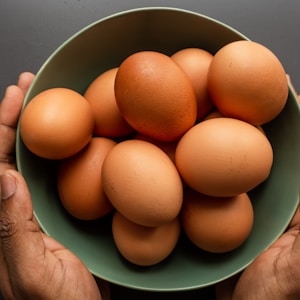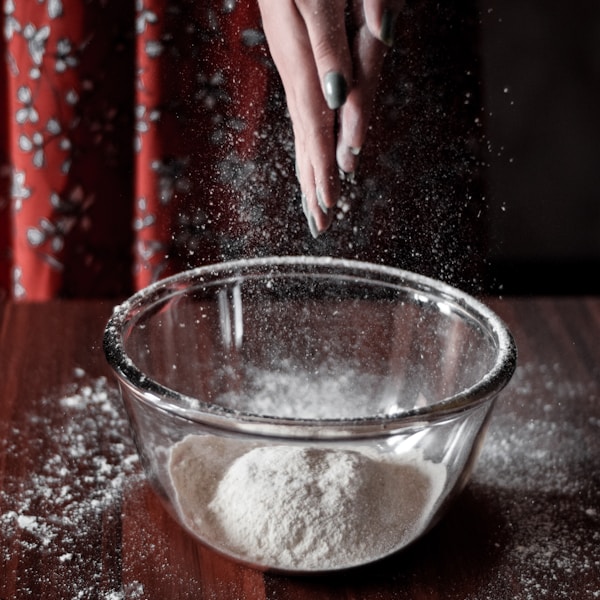Introduction
Baking is both an art and a science. It involves a series of chemical reactions that take place in the oven to produce the final product. Understanding the chemistry and physics behind baking can help you make better baked goods and improve your baking skills.
Chapter 1 : Understanding the Ingredients
In baking, every ingredient has a specific role to play in the final product. The four main ingredients in baking are flour, sugar, eggs, and fat. Each of these ingredients plays a crucial role in the chemistry and physics of baking.
Flour: Flour provides structure to the baked goods. The protein in flour, gluten, forms a network of strands that gives baked goods their shape.
Sugar: Sugar is a major contributor to the flavor of baked goods. It also plays a role in browning and tenderizing the baked goods. Sugar helps to retain moisture, making baked goods tender and preventing them from drying out.

Eggs: Eggs serve as a binding agent, helping to hold the ingredients together. They also contribute to the color and flavor of baked goods.

Fat: Fat provides flavor and moisture to baked goods. It also helps to tenderize the baked goods by preventing gluten strands from forming.

Chapter 2: Understanding the Chemical Reactions
Baking is a series of chemical reactions. These reactions take place between the ingredients, producing the final product.
The Maillard Reaction: This reaction is what causes bread and pastries to turn golden brown. It occurs when heat causes a reaction between the amino acids and reducing sugars in the dough.
The Leavening Process: This process causes baked goods to rise. In yeast-leavened baked goods, yeast ferments the sugar in the dough, producing carbon dioxide gas. This gas gets trapped in the dough, causing it to rise. In chemically-leavened baked goods, baking powder or baking soda produces carbon dioxide gas, which causes the baked goods to rise.
Egg Coagulation: When eggs are heated, the proteins in the eggs coagulate, or solidify. This helps to set the structure of the baked goods.
Chapter 3: Understanding the Physics of Baking
The physics of baking is concerned with the transfer of heat and the way that heat affects the ingredients in baked goods.
Heat Transfer: Heat transfer is crucial to baking. Heat is transferred from the oven to the baked goods, causing the ingredients to react and the final product to be produced.
Heat Capacity: The heat capacity of an ingredient is the amount of heat required to raise the temperature of that ingredient by one degree. This is important to consider when baking because different ingredients have different heat capacities.
Heat Conductivity: Heat conductivity is the rate at which heat is conducted through an ingredient. This is important to consider when baking because it affects how quickly heat is transferred to the center of the baked goods.
Chapter 4: Improving Your Baking Skills
By understanding the chemistry and physics behind baking, you can improve your baking skills.
Use the Right Ingredients: Using the right ingredients in the right proportions is crucial to producing the desired result.
Pay Attention to Timing: Timing is important in baking. Make sure to follow the recipe carefully, including the recommended baking time.
Your Oven: EverKnow y oven is different, so it’s important to understand how your oven works and what temperature it needs to be set at to produce the desired results.
Experiment: Try new recipes, change ingredients, and make adjustments to your baking methods. This will help you learn and understand the science

 Photo by
Photo by